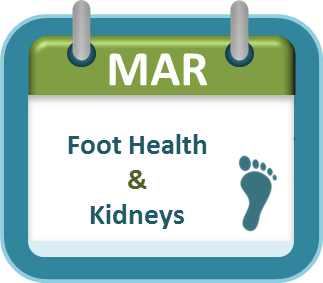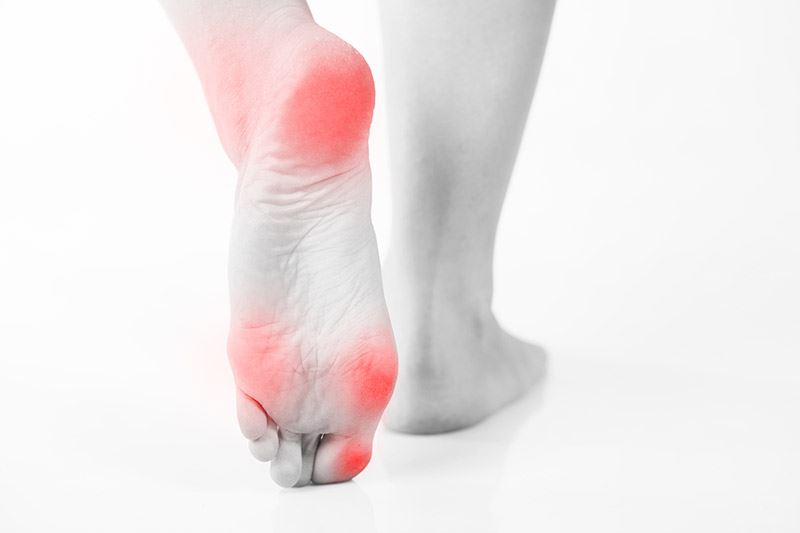|
Dialysis Foot Pain
Most dialysis patients complain of severe foot pain. Dialysis is a type of renal replacement therapy used to provide an artificial replacement for lost kidney function due to renal failure. It is a life support treatment. There are two types of dialysis: Hemodialysis and Peritoneal Dialysis. The risk for foot ailments for dialysis patients is automatically considered to be high. An August 2010 study, published in Diabetes Care, established dialysis alone as an independent risk factor for foot ulcers in patients with diabetes. Podiatrists can play a significant and a proactive role in the continuum of care for diabetic patients on dialysis and for their foot pain management. |
Symptoms You may feel burning, tingling, pins and needles, prickles in your hands or feet—or parts of them may be numb. Dialysis is known to cause nerve damage – neuropathy. For diabetes patients on dialysis, the nerve damage most often affects peripheral nerves—in the hands and feet.
Besides burning, numbness, and tingling, neuropathy can cause:
Dialysis is a risk factor for foot ulceration in patients with diabetes. Treatment If you have neuropathy, it may take some time to find your way to a treatment that helps you, but there are a number of options you can try. Talk with your doctor to be sure you are doing all you can to keep your nerves healthy and see a podiatrist regularly to ensure your feet are receiving proper care and attention. For every patient in dialysis, a foot check should be carried out before and after the treatment. Each foot check will only take a few minutes to perform. Patients need to keep an eye on their feet at home and during their time on dialysis, therefore it is essential to ensure that patients receive a quality foot check from a properly trained podiatrist at every appointment and reiteration of foot care advice. The Risk status of the patient on dialysis should automatically be considered as being high, in the absence of any active foot problems, with a referral for specialist expert advice and treatment if an active problem is discovered during the examination. | Action: Check | Protect | Refer Protocol Regular foot checks are essential to proper foot health management for those under dialysis. A patient on dialysis attends hospital 3 times a week for 4-5 hours (156 hospital visits per year), during which time they will be resting their vulnerable feet against a vinyl couch and be relatively immobile, putting them at increased risk of pressure sores. Dialysis patients should always be screened for swelling, heat and any deformity about the foot/ankle complexes. Check When a patient is referred admitted to the team their feet should be checked for: · History of foot problems (ulcers or toe/foot pain) Protect If a patient has had a previous foot problem or is at risk of developing a foot problem care should be taken to protect the patient’s feet. Refer Dialysis patients who have a current foot ulcer and those at high risk of developing a foot ulcer should be referred to the local podiatry service or podiatrists nearest them. |






